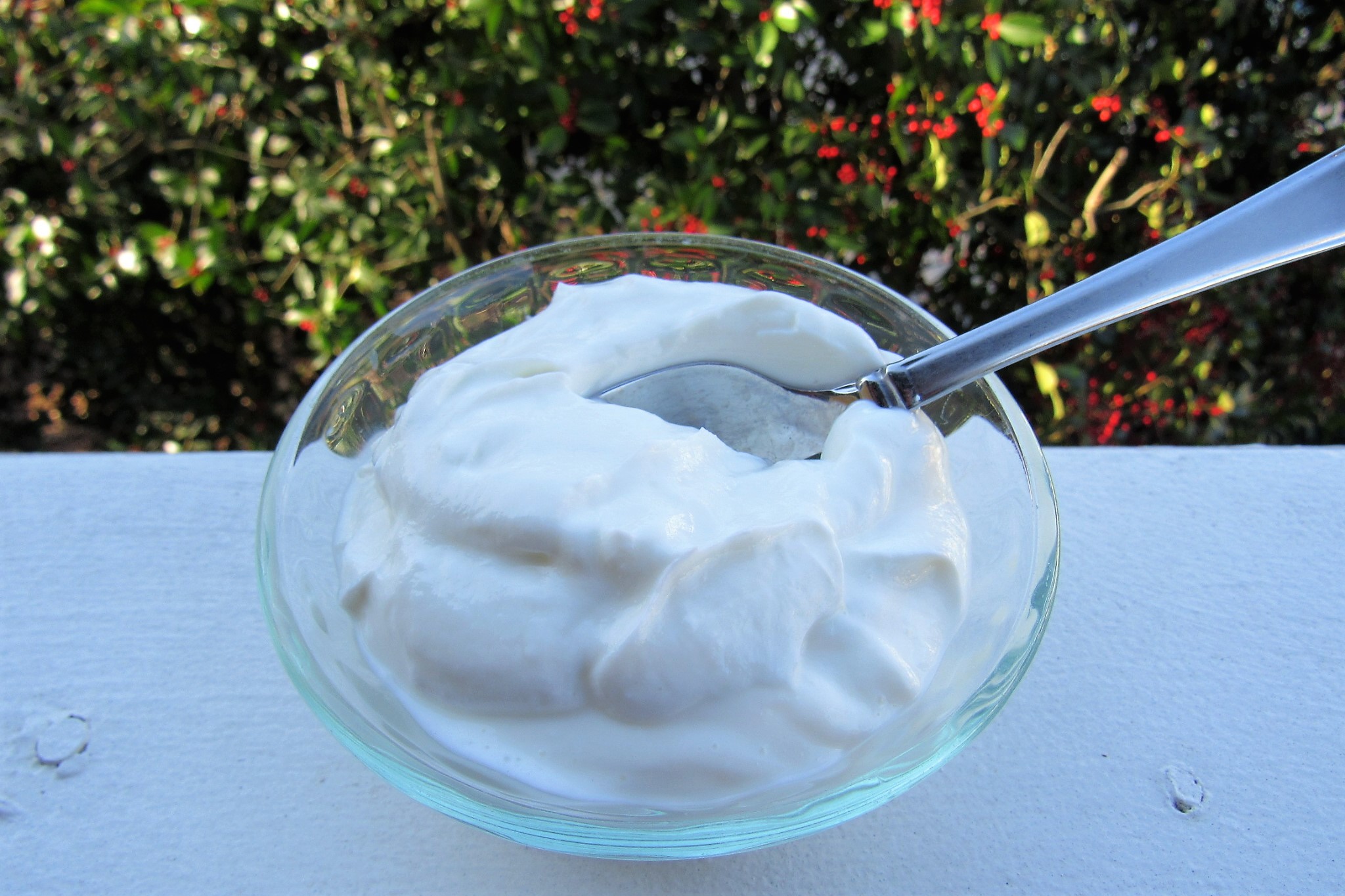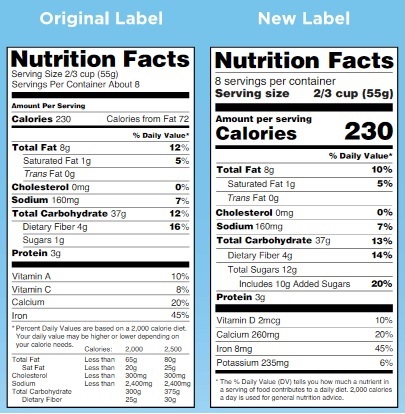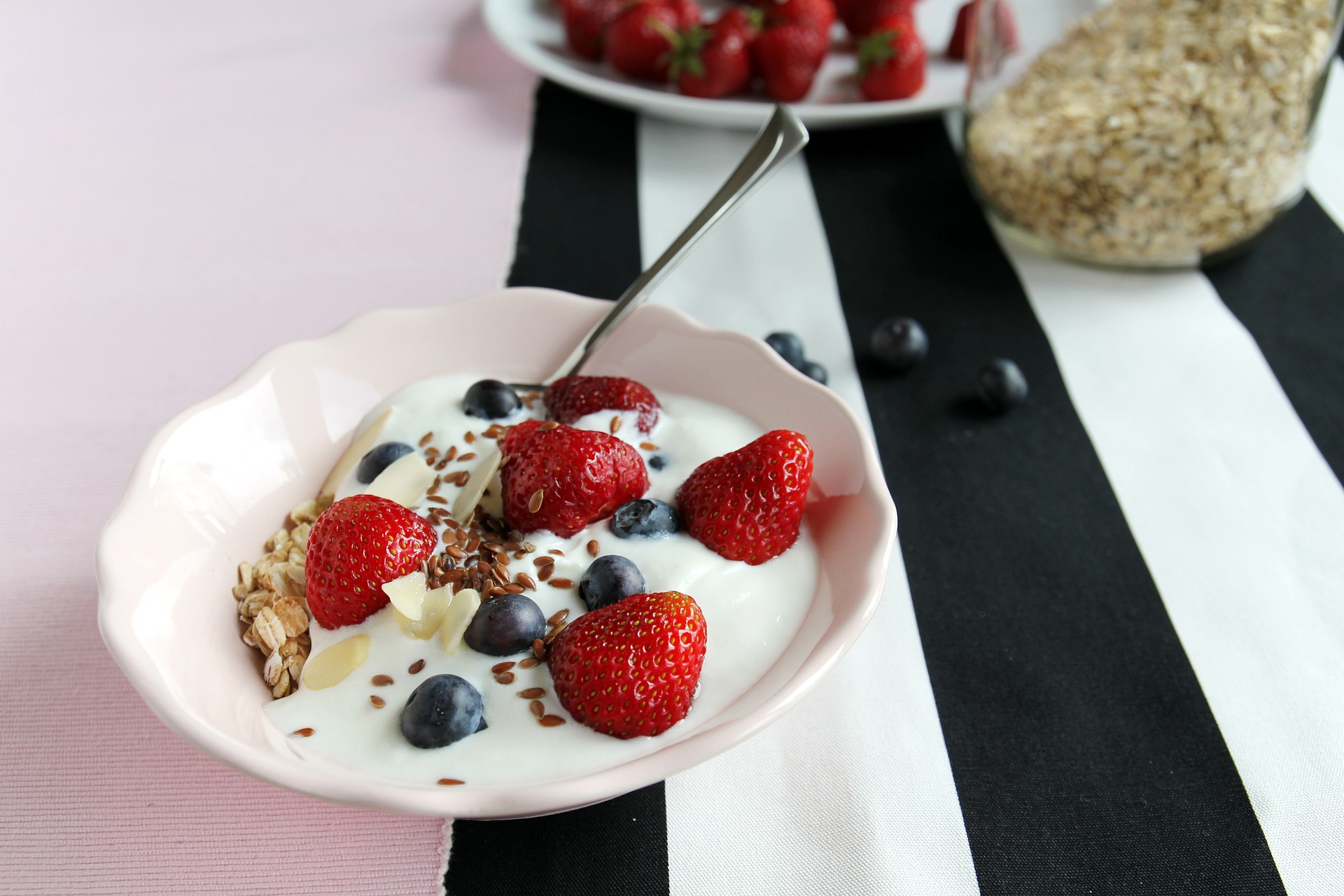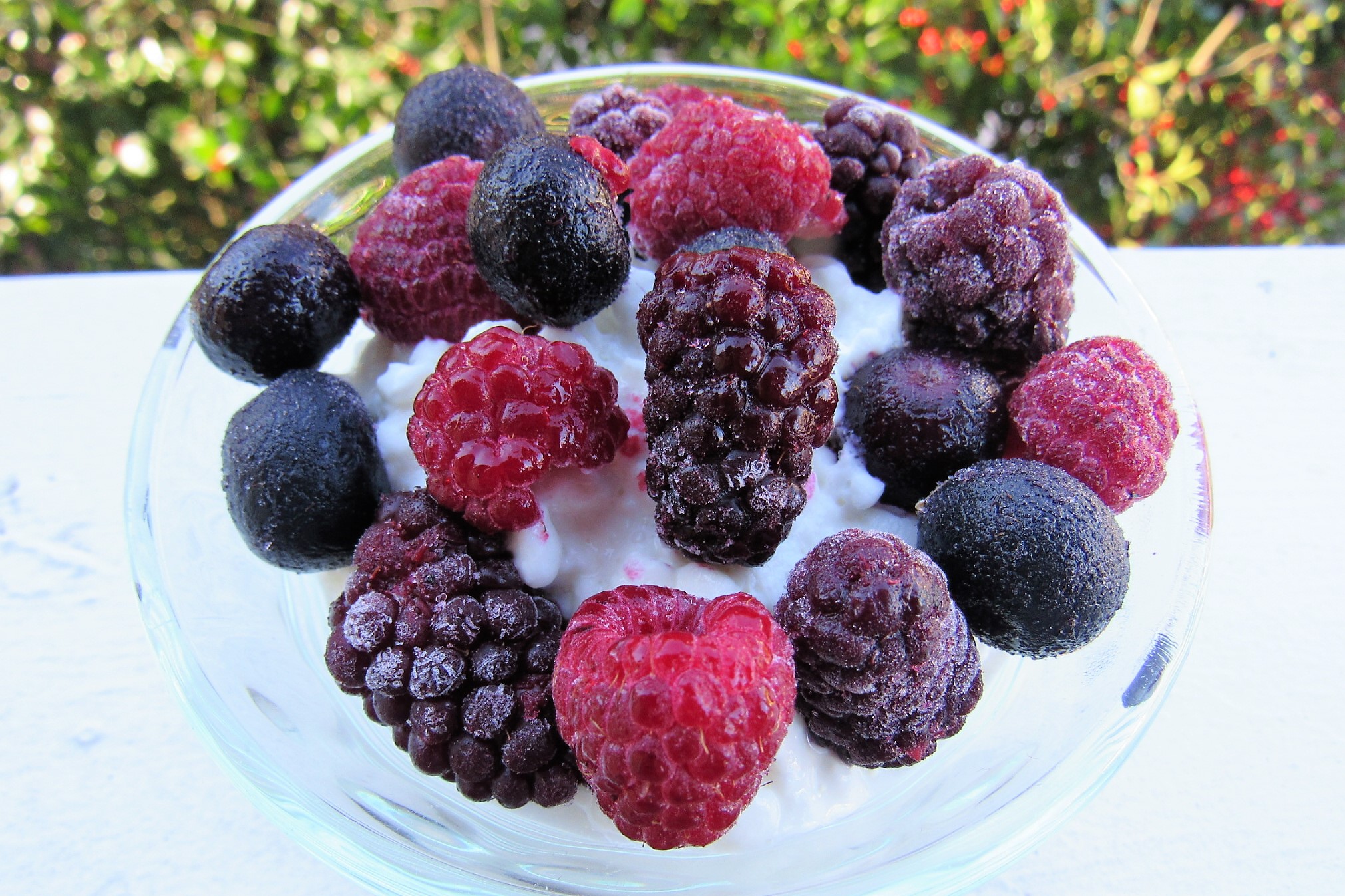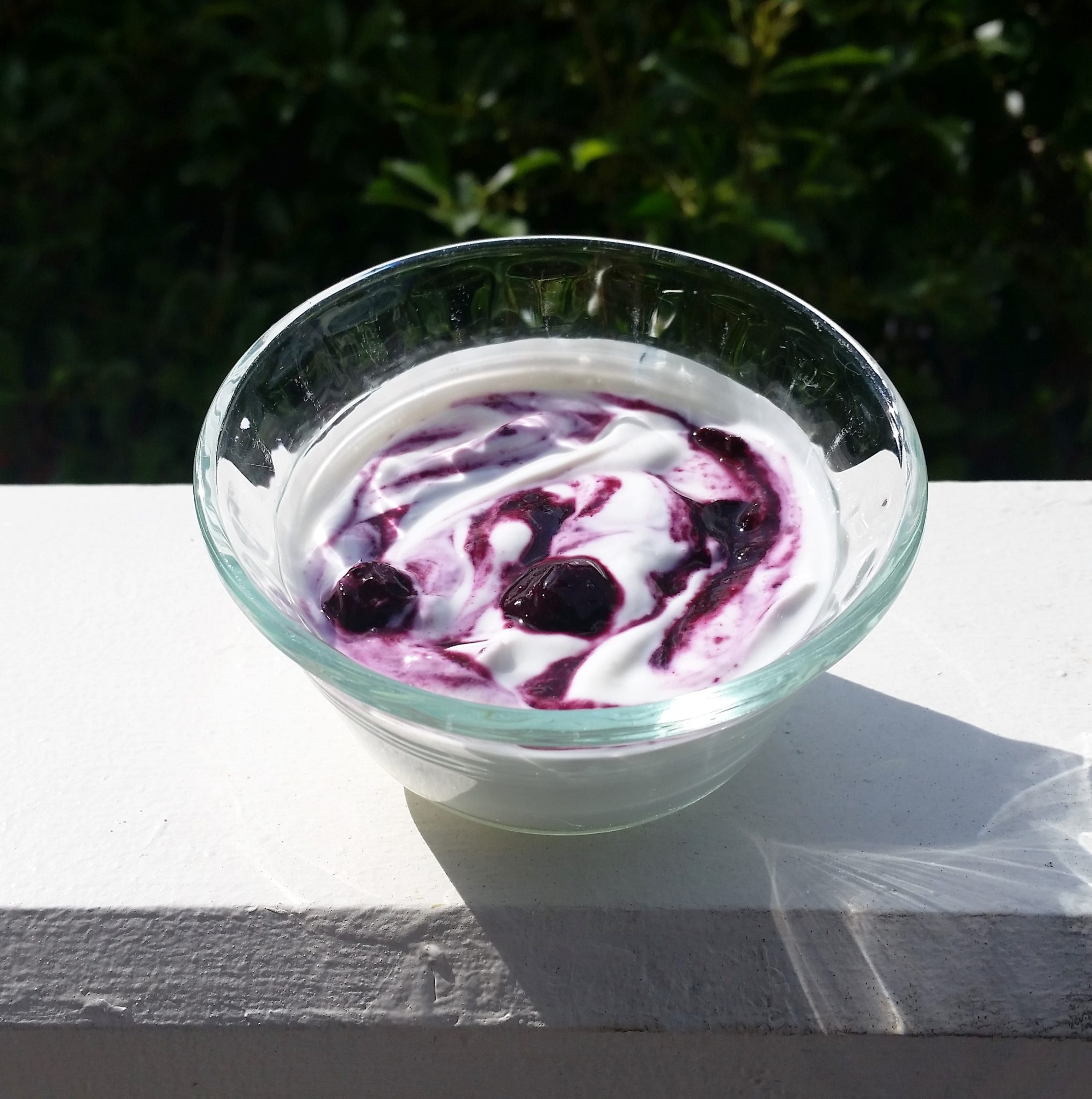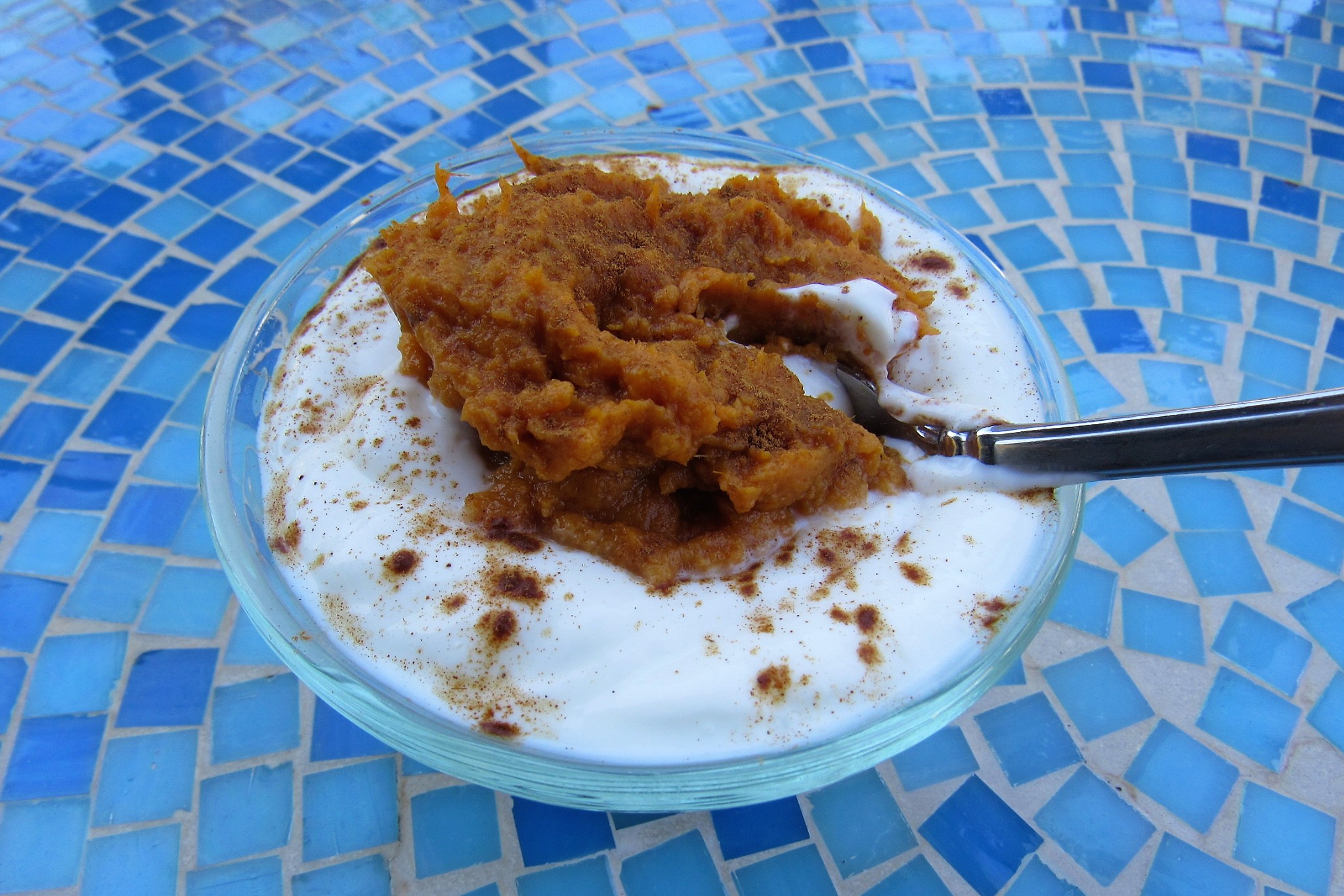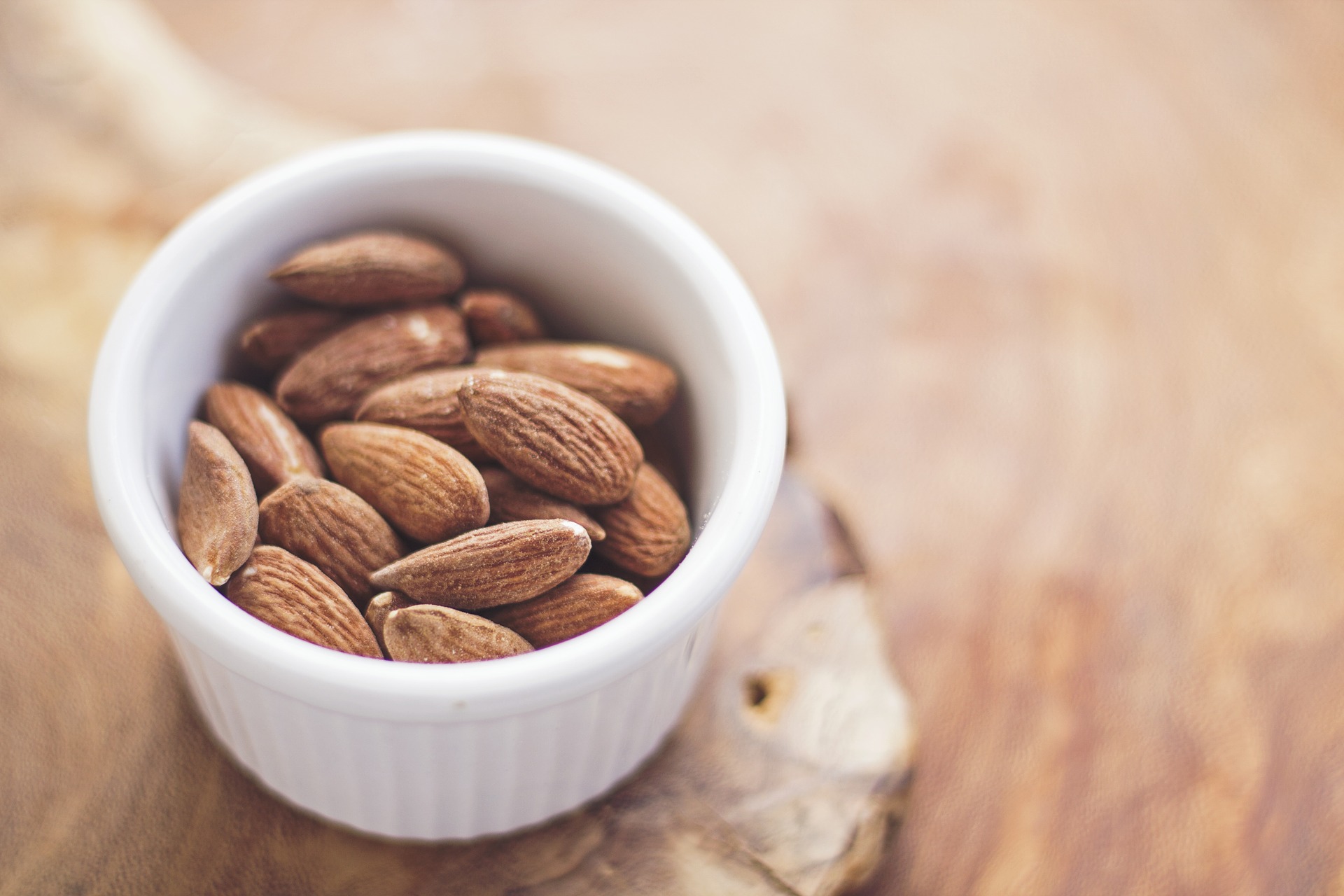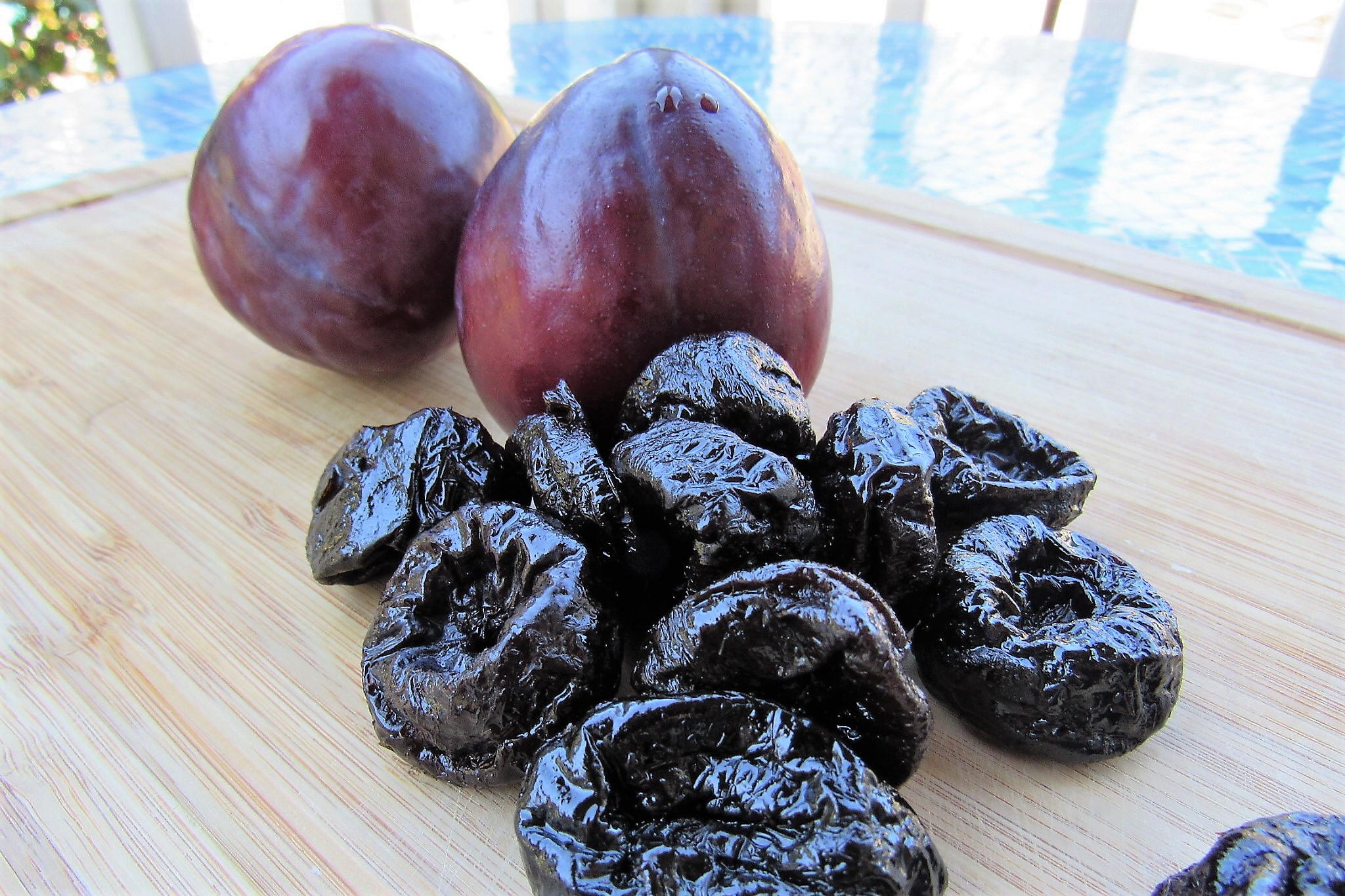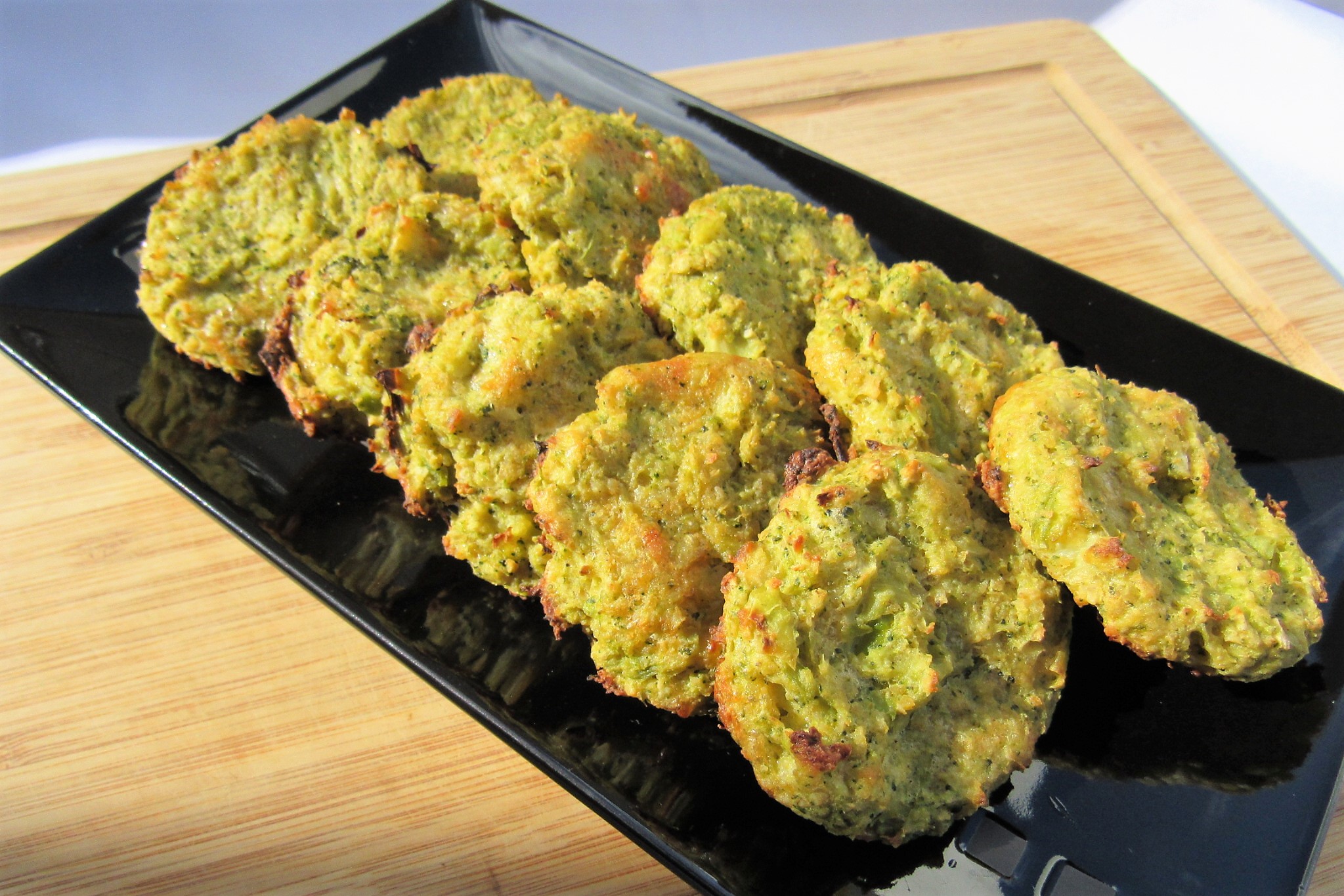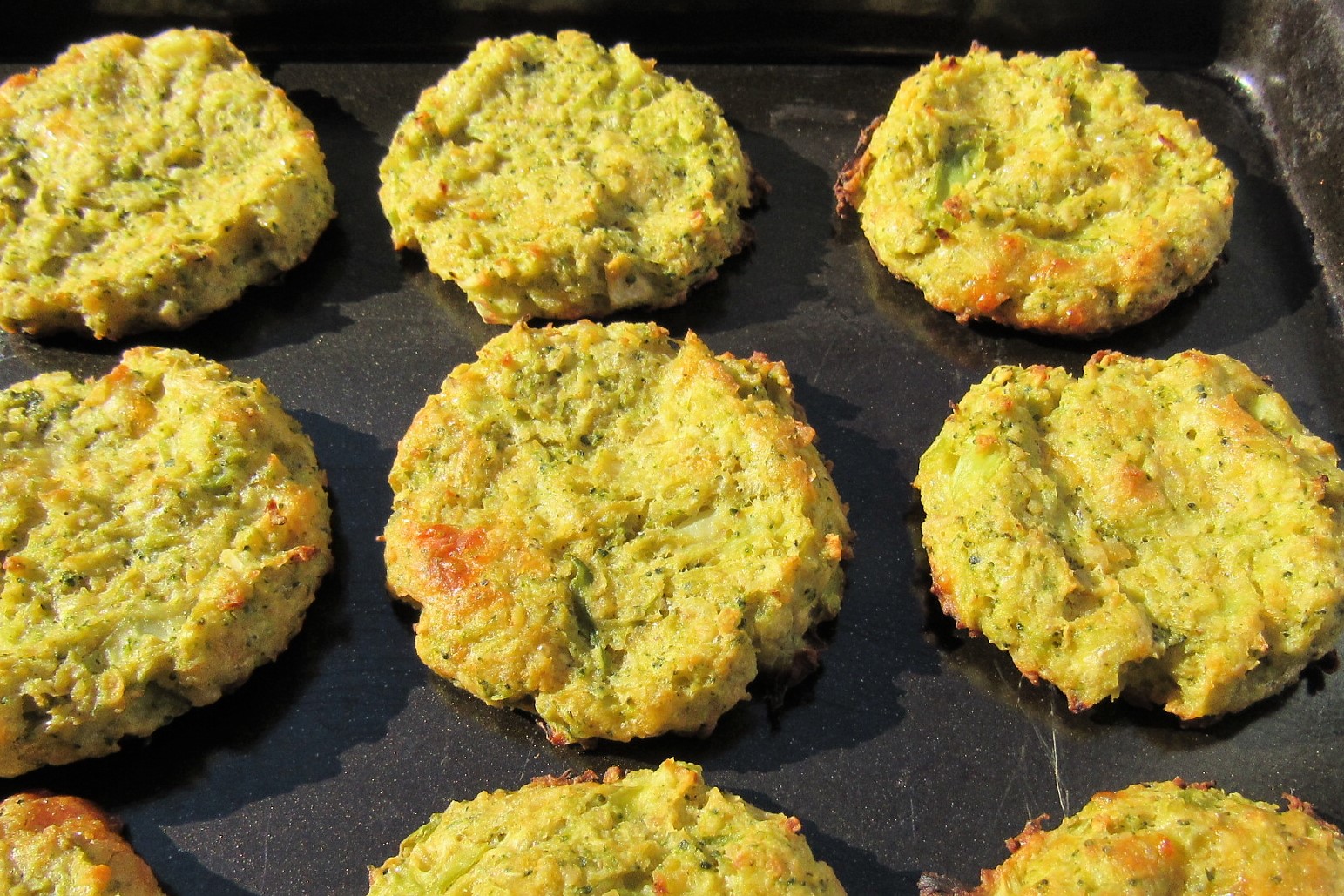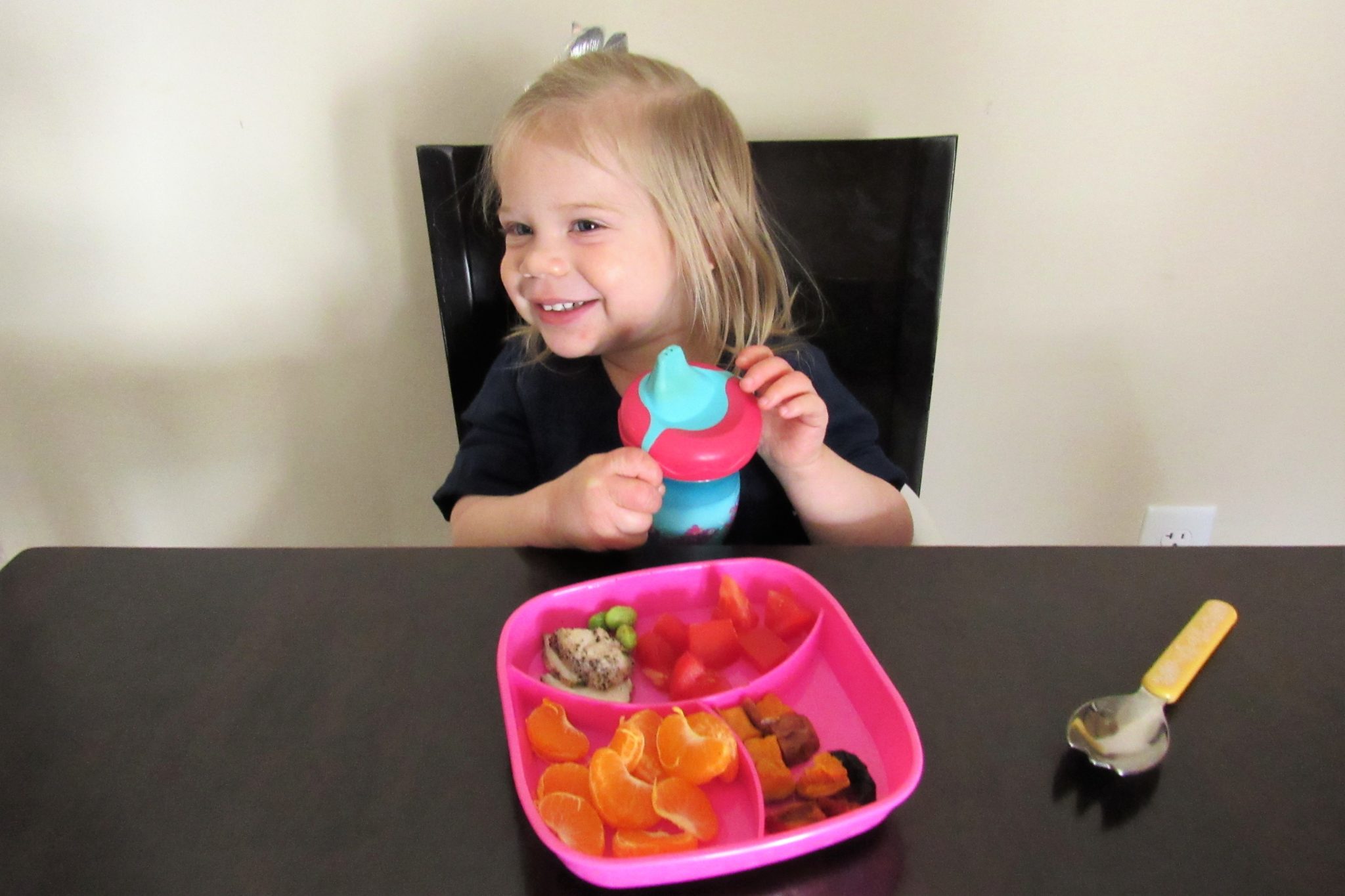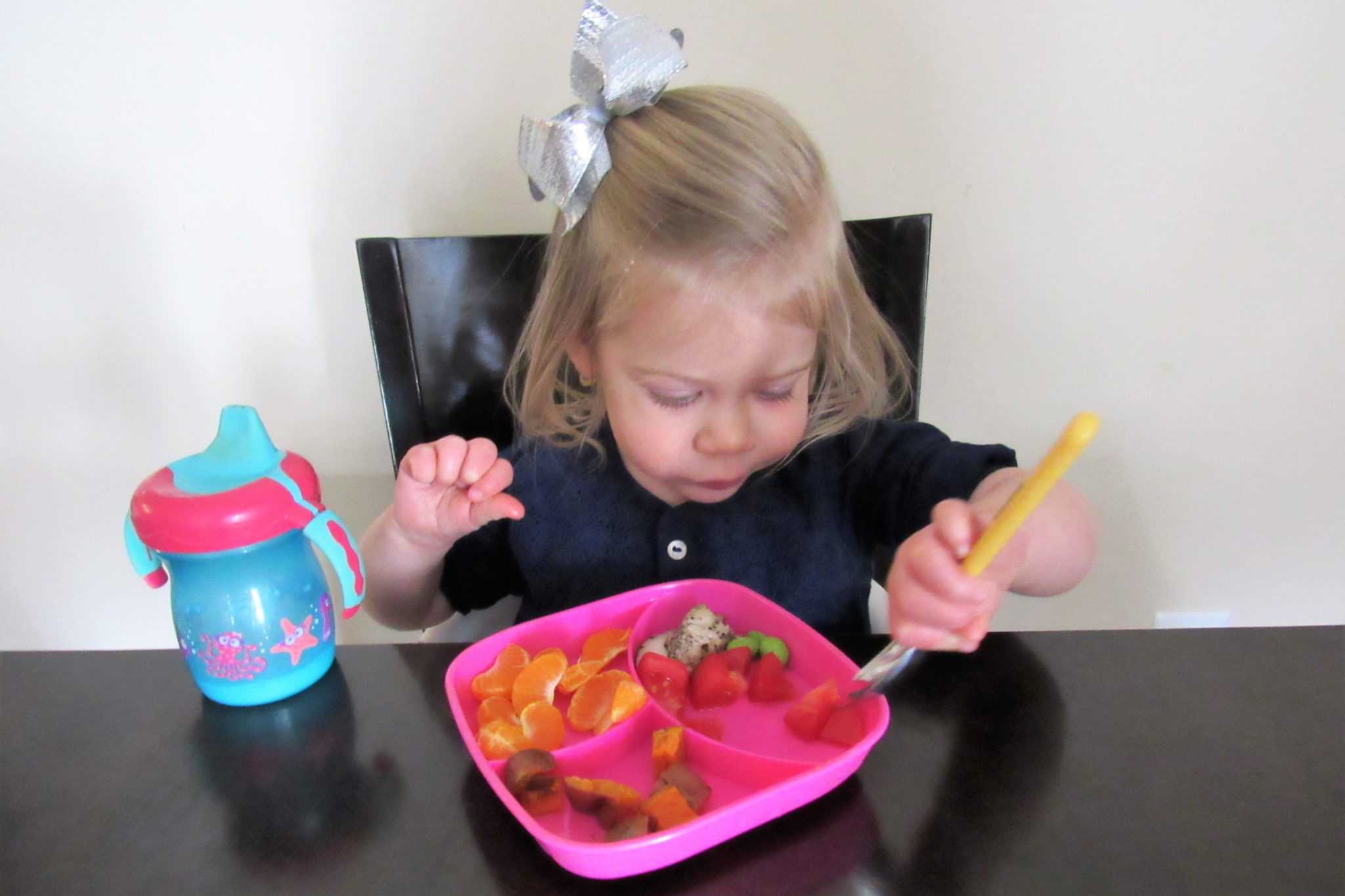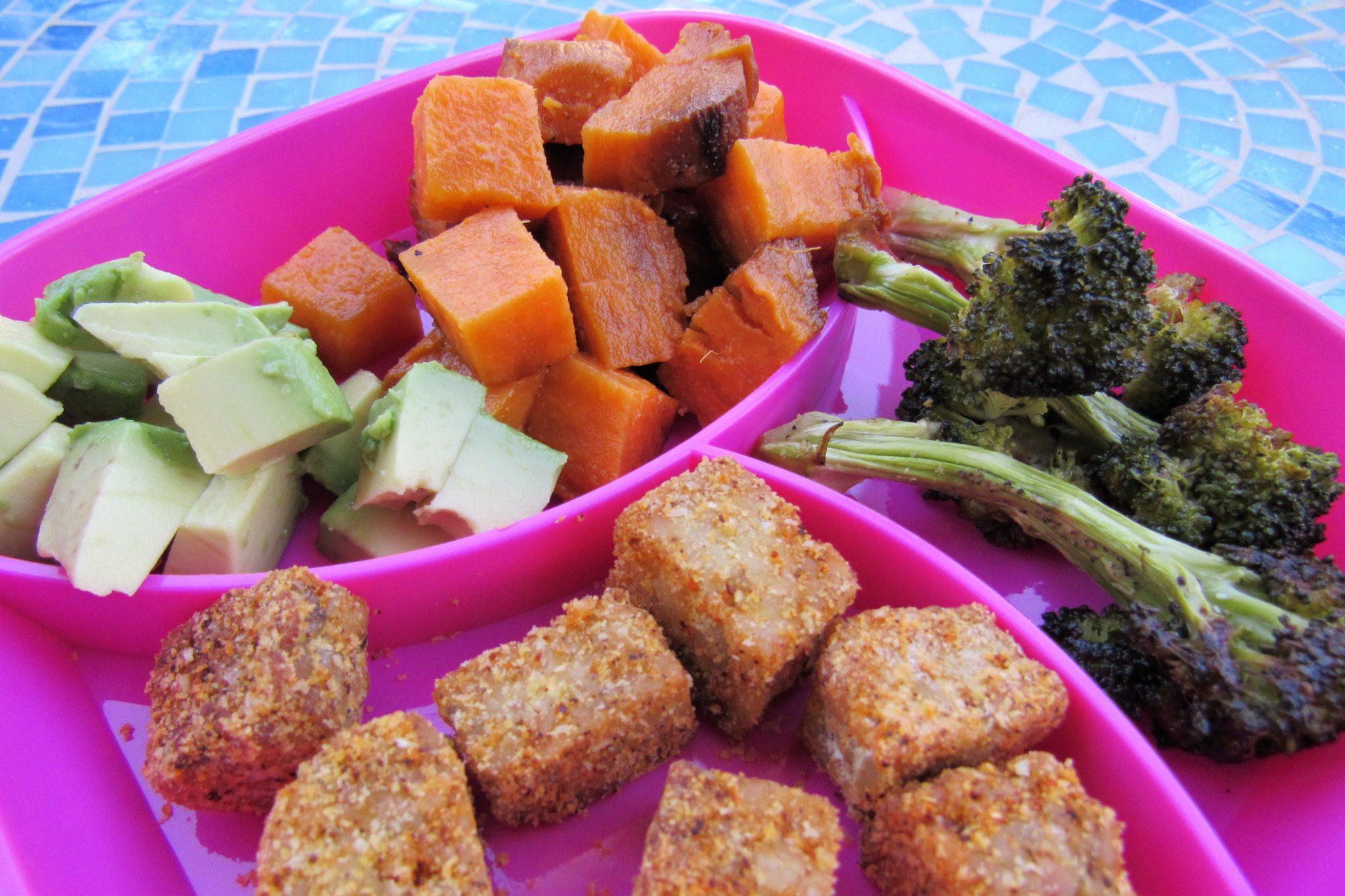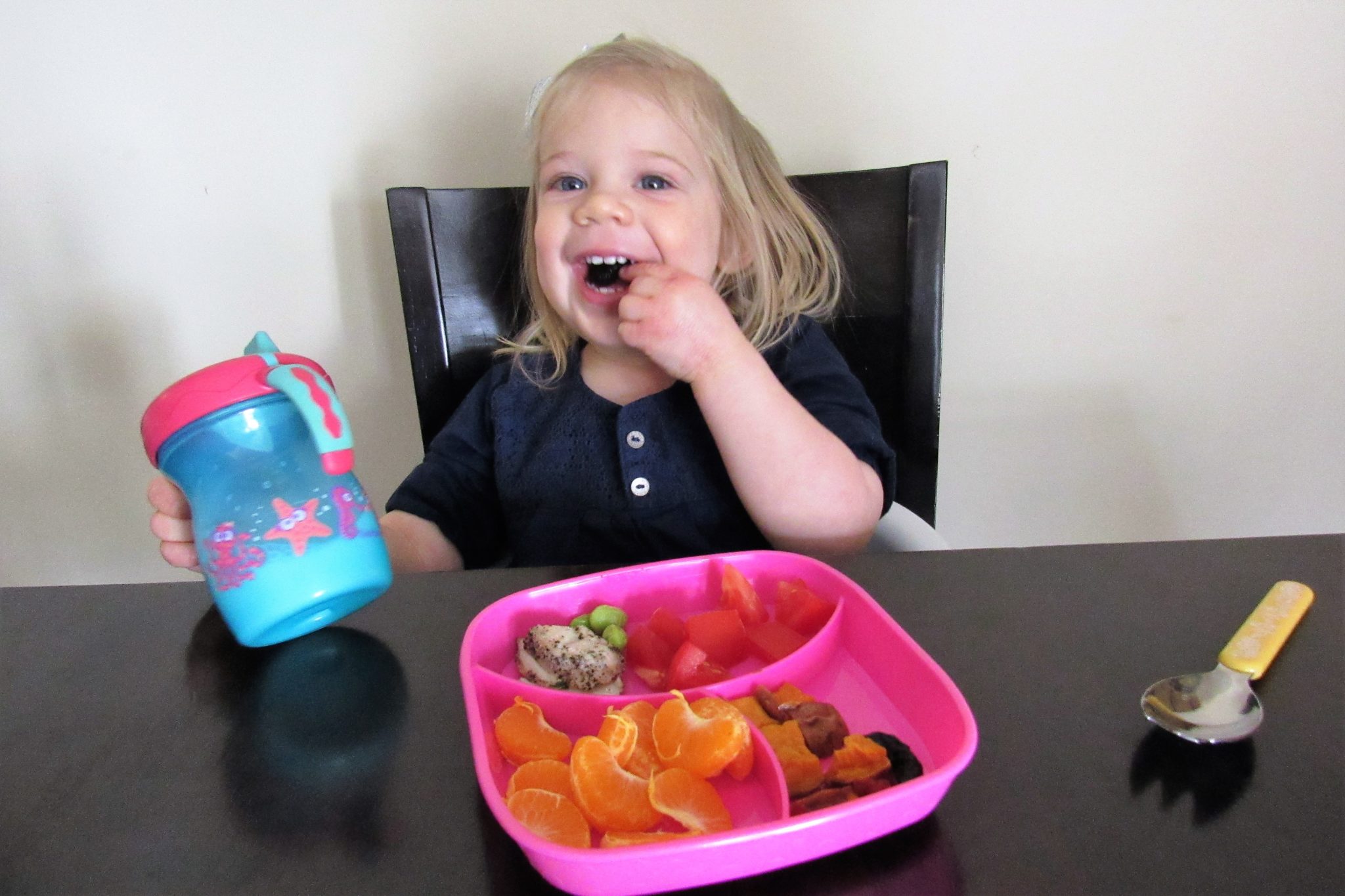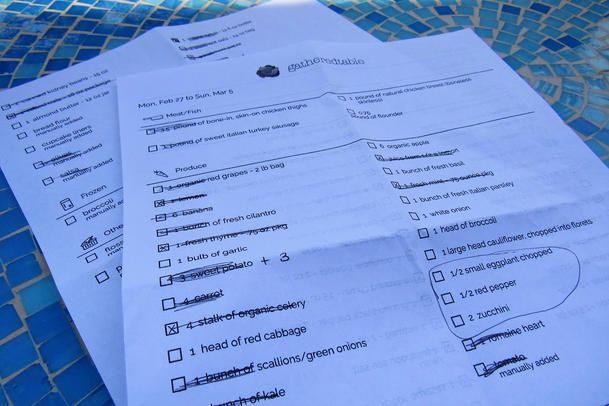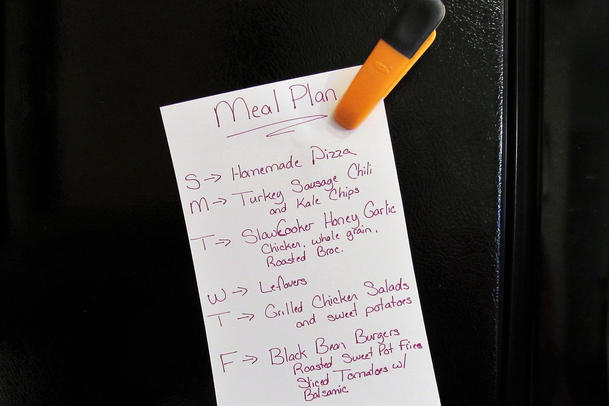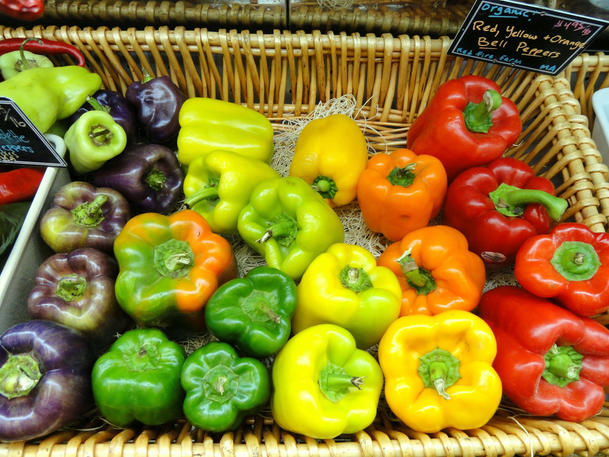Two of the biggest reasons people quit their exercise routine is boredom and time. Who wants to exercise if you don’t like it? Sure, everyone deals with the “want to” sometimes, but if your exercise is a dread, then don’t complain about it and instead try something new!
It could take a lot of experimenting, but eventually you can find an activity that moves your body and doesn’t make you want to wish away the time. I used to think that cycling wasn’t for me. I took a class several years ago at a fitness center and while it wasn’t a bad experience, it did not entice me to go back. The room was dim and there were about 8-10 riders of all shapes and sizes that were quite engaged. I am not sure exactly what turned me off, but it just wasn’t an inspiring or fun workout AND I certainly didn’t anticipate the bruised be-hind I was going to have the next day!
After that experience, I decided to stick to other activities I enjoyed more.
But recently, my curiosity was perked again when I was given the opportunity to attend a spin class at Cyclebar, Greenville. The company was offering free classes as an awesome promotion before its big grand opening a couple weeks later. What a phenomenal experience! I arrived skeptical and left hooked! I can’t recall the last time I experienced such a massive endorphin rush after a workout!
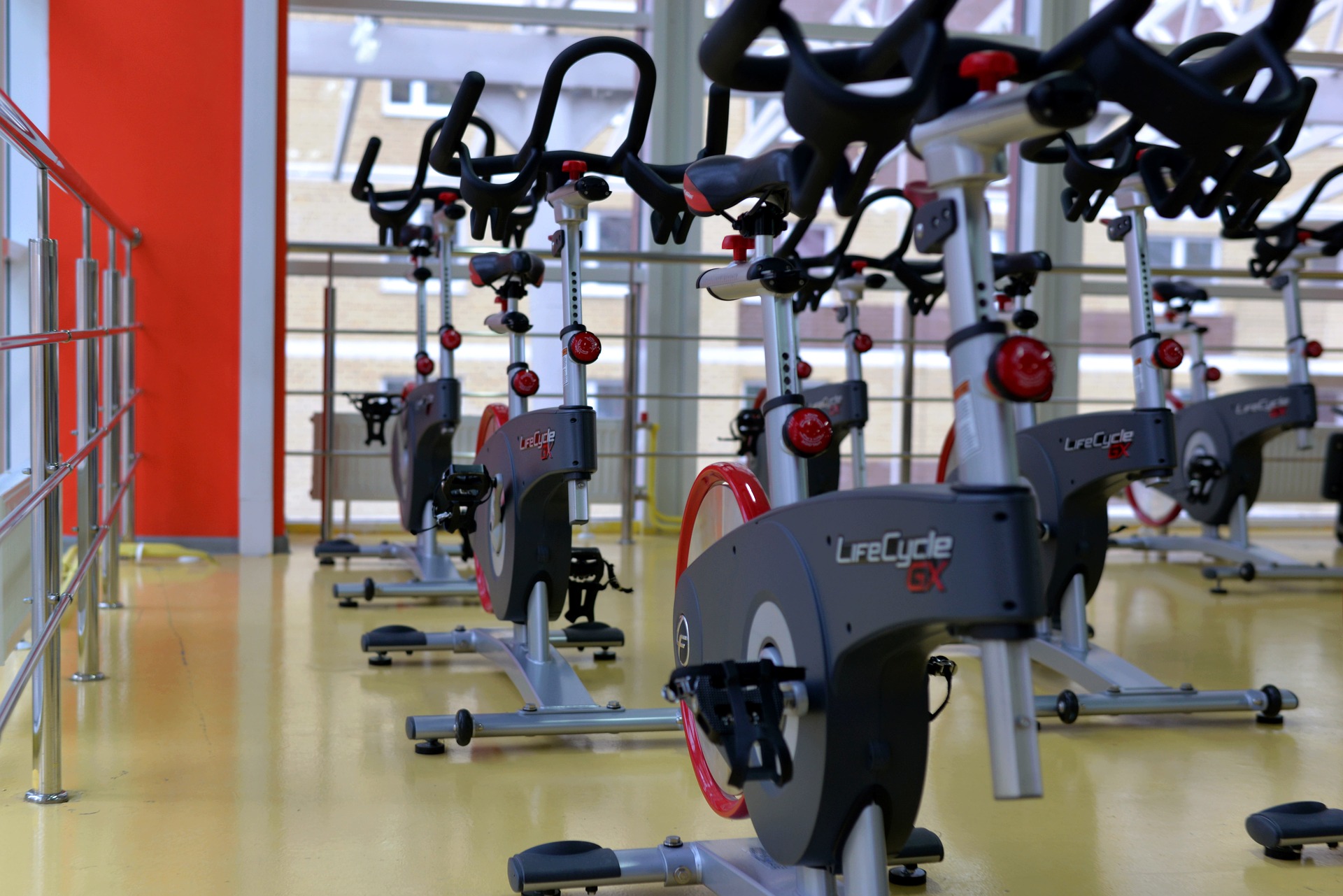
A few things I loved:
The competition– with myself and the other riders
The community– about 50 people in the room giving their last drop of energy to the end; you could feel the drive
The adrenaline and endorphin rush– better than any cardio workout I have done in the last few years
The instruction– motivated by others’ expectations, I push myself harder when someone is telling me to do so; if they say ride faster, I do; if instructed to increase my resistance, I do.
The mini break for arm toning– a quick 3-4 minutes in the middle of the ride when you give your legs a break and use a 4 or 6 pound bar to do a series of intense arm exercises- you are thrilled to give your legs a break but by the end of the arm movements, you can’t wait to drop the bar!
Obviously, in love with this new workout challenge, I decided to buy a “New Rider” package that gave me 3 rides over 1 month so I could try out other classes and instructors.
If you have ever been curious about joining a cycling studio or taking a spin class at your local gym, here are a few things I learned during my experiences and what you need to know before your first class.
Expect a Sore Rear-end
Yes, I don’t think anyone can get through their first class (or even second!) and leave without a little discomfort. There are some seat pads you can buy to make it a bit more comfortable, but most riders I talk with say it just goes away over time. Kind of like building up a callous, eventually you don’t even notice it.
Classes Offer the One Thing You May Need to Succeed- Community
Cycling studios offer more than just classes, it becomes a community of like-minded individuals that support each other. Even after only a few classes, I was surprised at how friendly and community oriented everyone appeared to be. Paul Elsass, MSM, CEP says that the one thing you actually need to succeed with a fitness routine is social connection. He states that people who take a group class or exercise with a trainer are 3 times more likely to be a member of that gym 1 year later, but those who exercise alone have a slim chance of continuing to exercise. WE NEED people and developing a community of people who recognize you, know your name and are working just as hard beside you is incredibly motivating.
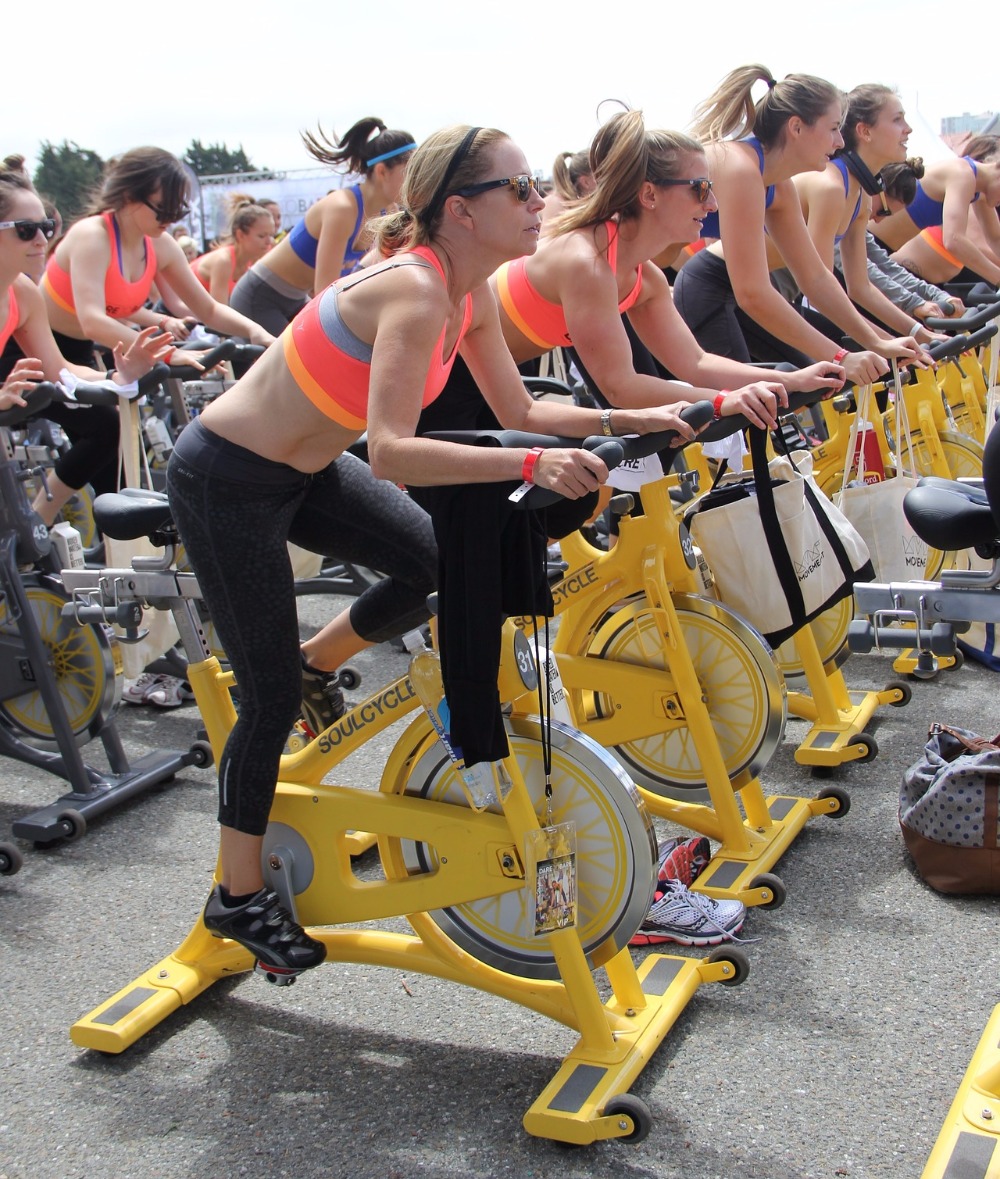
It’s More Than a Bike Workout
Many spinning classes include a strength portion during the workout to give the participants a full body workout. A lot of individuals don’t have time to attend a class and then tack on a strength workout afterward. While it likely won’t hit all major muscle groups, it is a nice break in the middle of an intense ride and allows you to feel the burn in your arms too!
Don’t Be Afraid to Ask Questions
Getting the bike adjusted to your body and “clipping in” can be a little challenging and overwhelming the first few classes. Don’t be afraid to ask the instructor or an employee to help you get situated. A biker next to you may be able to help you as well, but I found the instructor to be the best as helping me adjust seat height and bar length to my body. My first ride, I didn’t ask for help and the seat was too high. It made for an uncomfortable 50 minutes and limited my ability to sprint.
You Are Your Own Competition
Many cycling studios have boards to track your progress against others in the room, but you can also opt out if desired. If you like competition, it is a great feature but if you are just getting started, you may want to get a few rides under your belt first. The reality is that you are the only one who determines if you amp it up or not when the instructor tells you to do so. What I told myself every ride was that I would get off that bike knowing I had nothing left to give. Yes, my legs felt like jelly, but I knew I hadn’t held back. Good instructors know when to give affirmation, how to coach you through a hill and how to say the right thing to motivate you to give 10 more seconds, BUT, only you decide how to respond.
Every Instructor Is Different
If you attend a class that doesn’t fit you, try a different instructor. Whether it is personality, music choice or class structure, they all have their own vibe and you may connect better with some individuals more than others. Cyclebar has a few different types of classes, including those that focus on improving performance, others that include a lot of competition and some that are all about the music. Each instructor adds their own flare to the class and some are incredibly motivating!
Don’t Assume You Are Not a Good Fit for Cycling
While I did notice a generally athletic build among most of the cyclers, not everyone fit that image. Don’t allow your shape, age, perceived athletic ability or weight prevent you from trying it out.
Expect a Vastly Different Price Range for Classes
While prices will differ depending on gym and location, cycling studios tend to be pricy! In fact, I was a bit stunned at how costly it was to take a few classes at Cyclebar. The package I purchased for 3 rides in 1 month was $29 and compared to all the other packages, it was a steal! Depending on whether you purchase a monthly unlimited pass or a certain number of rides, the general cost is $14-20 per 45-50 minute ride.
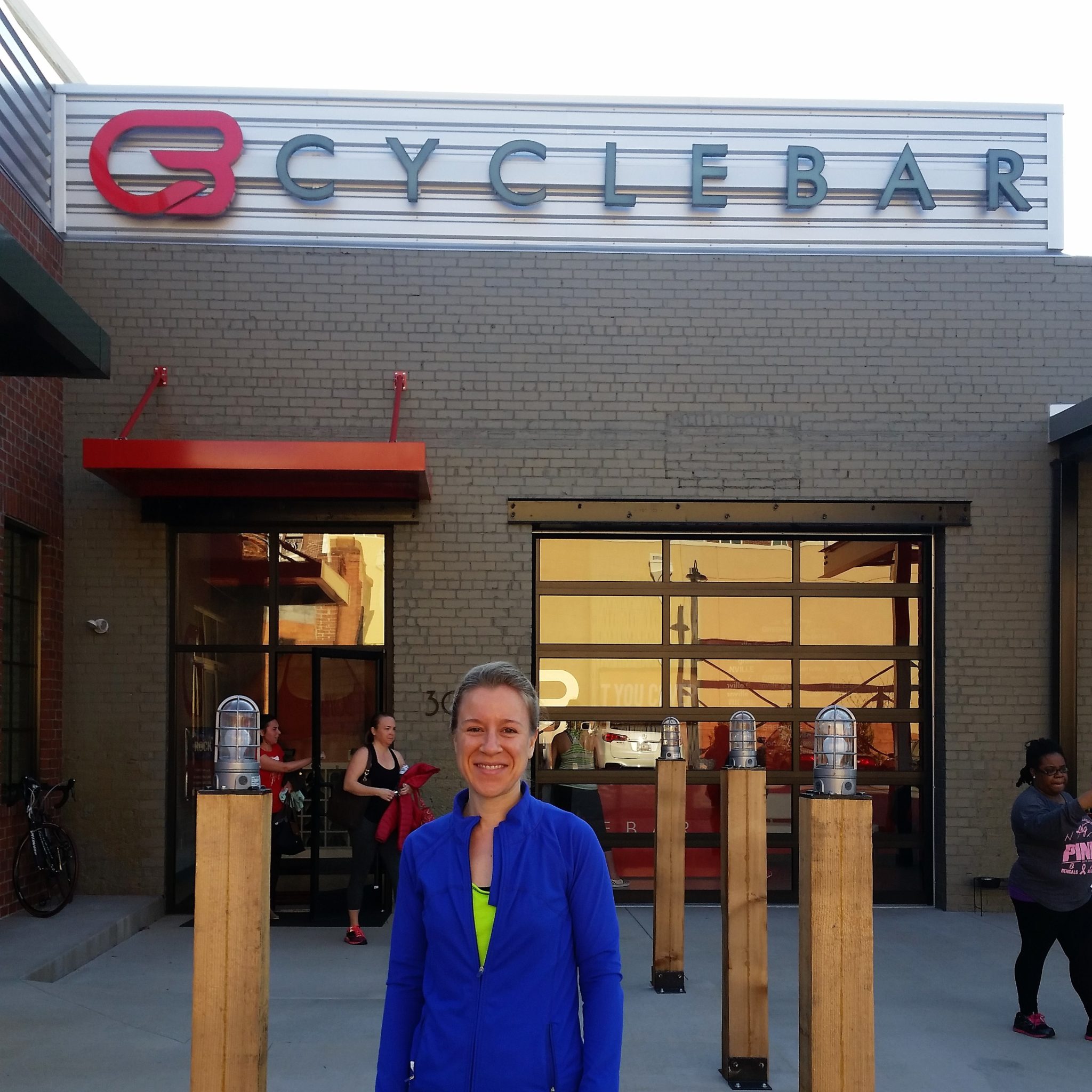
The package I bought was only available to NEW riders as a 1-time deal. However, if you are interested in spin classes and a high priced studio doesn’t fit your budget, look into the class schedule at your local gym to determine if they offer a program that appeals to you. These gyms may or may not have the high-tech monitors and equipment for class competitions and to keep up with your progress from ride to ride, but they may offer enough to challenge and satisfy you.
Discount websites like Livingsocial and Groupon will periodically have deals on cycling studios if you are uncertain about full buy-in. Also, some studios, Cyclebar included, offer a FREE new rider class that teaches the basics during a 30-minute session. That way you can avoid fumbling around like I did my first class!
Try It More Than Once
As I learned, first impressions are not always accurate. If your first class doesn’t go as smoothly as you want or doesn’t give you the endorphin rush you expect, give it another try. I found it took a few rides to feel comfortable with the class structure, moving gears, keeping an eye on RPMs and listening to the instructor over the loud music so that I could get the most out of my ride and keep up with the pace. Give yourself some grace, laugh, invite a friend and try again.
Cycling may or may not be your thing, but I encourage you to give it a try a few times before you give it a label, like I did. You may be pleasantly surprised! Oh, and the endorphin rush is no joke, so it is a great workout first thing in the morning!!

